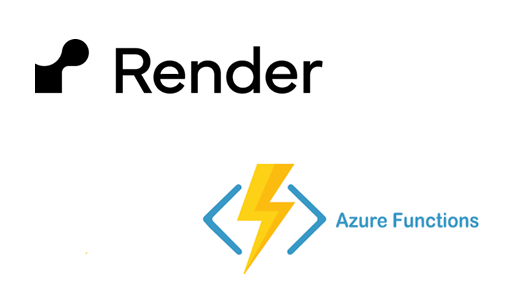Web apps, deployment and integration
Develop and deploy low-code web applications in your preferred language, like Python or Matlab, without the hassle of traditional web technologies. We also address software integration challenges, ensuring seamless embedding of apps into your workflows.
Web app development for Python, Matlab, Julia.
Need powerful apps to drive your innovation? Use Simian to build solutions for complex calculations, data manipulation, and stunning visualizations. Embrace the low-code approach to app design: just stay in Python or MATLAB and eliminate the web-tech hassles altogether. Whether you're a data scientist, engineer, or researcher, Simian streamlines your workflow, boosting productivity and cutting idea-to-production times.
Simian low-code web apps
Ready to dive in, but facing challenges?
- Lacking HTML, JS, and CSS skills for web frontends?
- High IT or UI developer costs holding you back?
- Want to avoid front-to-backend API definitions?
- Need secure authentication and authorization?
Leverage Simian for rapid low-code GUI app development. Drag and drop UI components, connect the backend, and deploy effortlessly. Simian integrates web UI tech like form.io, DataTables, and Plotly natively in Python, MATLAB, and Julia. Be self-sufficient all the way.
Simian offers free web deployment configurations for Azure Functions and Render, perfect for demos and prototyping. You can also host on AWS, ownR, MATLAB Production Server, or other platforms. Regardless of the platform, be assured of secure access via LDAP or Azure AD. Try it yourself or contact us today.
Bespoke business apps
Planning to build your workflow app in-house, however:
- you lack the resources to develop yourself?
- complex workflow is holding you back?
- your app requires integration with other software?
In other words: your project is stuck at ideation?
Do not give up. Together we get it right.
Your app. Our approach:
Run, save, reproduce - repeat
Meet governance demands with Simian building blocks for data integration and governance, cornerstones of computational reproducibility. Prevent audit agony, enable your end-users to easily reproduce their Simian app-based work at any time.
What our customers say
See how De Volksbank and NIBC Bank successfully use Simian to easily build and update highly engaging analytics applications. Transforming development and delivery, and exceeding business goals in one go.
App deployment. Engage the web instantly and with ease.
Deploy your first app to the web in just 15 minutes with four simple steps, for free. Start exploring and configure your tech stack at your own pace, or let us assist with our support options.

Evaluate for free
Start deploying and evaluating your Simian app for free on Azure Functions or Render. Get (and adapt) a demo app here or create your own, and share it on the Simian Evaluation Portal to bring your ideas to life:
- Deploy to the web free of charge.
- Explore the web experience at ease.
- Step into your users' shoes from the start.
Need help? Get in touch for a free consultation — we're here to help you get up to speed.
Productionize with ease
Finished evaluating? Avoid rework and simply upgrade your demo setup to production with a professional subscription for Simian and Azure or Render. Start small, scale thoughtfully, and keep costs in check. Alternatively, Simian also supports AWS, ownR, MATLAB Production Server, or any other platform provider.
Need assistance? We provide expert help with platform selection, CI/CD tooling, container-based operations, and access control. We commission and configure platforms with tailored training and support, ensuring your self-service delivery.
Agnostic & future-proof
Your deployment platform. Affordable and future-proof:
Software integration. Navigate your IT infra with confidence.
Business apps seldom operate in isolation; seamless integration with other software is essential. In fragmented IT ecosystems, precise alignment is vital for optimal performance. Proper integration prevents productivity loss, data disconnects, and security risks.

We ensure your new apps are integrated and future-proof from the start, streamlining workflows and bridging silos for smooth data flow. We tackle integration challenges using APIs, webhooks, data integration, and microservices, keeping your systems connected and efficient.
Integration with legacy software
Integrate legacy systems with modern apps seamlessly using APIs, webhooks, and standard components for effortless communication between old and new tech.
Integration with enterprise applications
Unify diverse business subsystems into one platform. Imagine seamlessly integrating your analytics platform with other ecosystems and reporting chains.
Integration with third-party systems
Integrate third-party systems to extend functionality of existing software, a popular way to pursue functional upgrades without having to invest in new tools.
Business-to-business integration
B2B integration focuses on automating transactions and document exchange across multiple companies, to level-up your collaboration capabilities.








